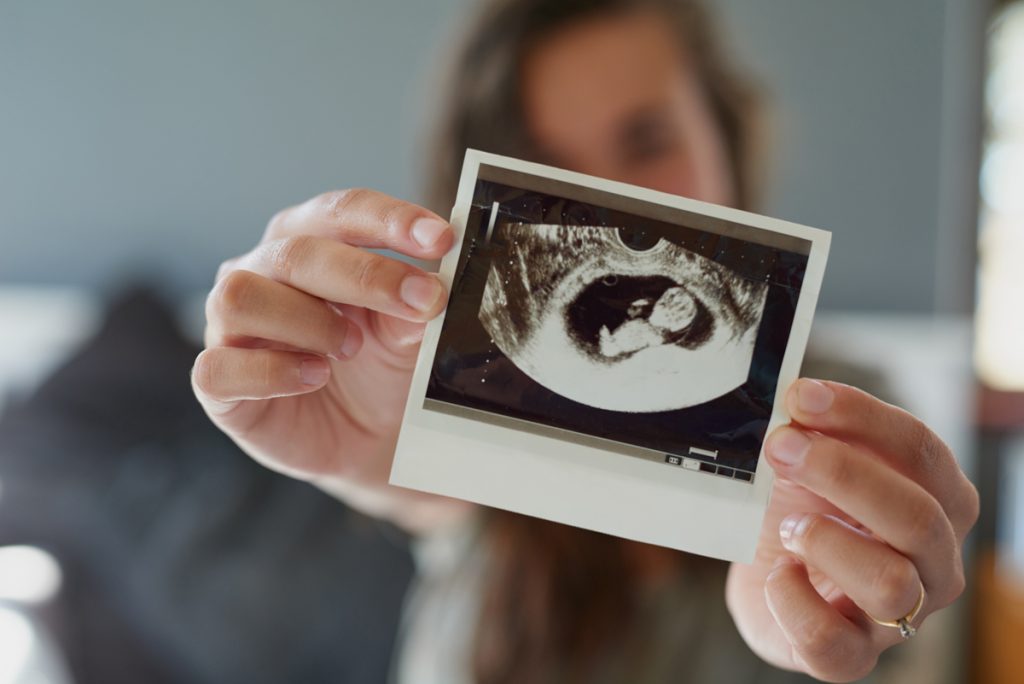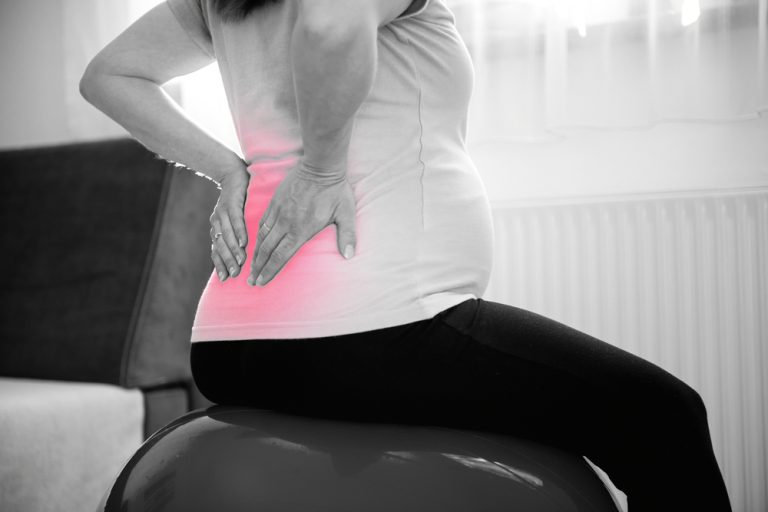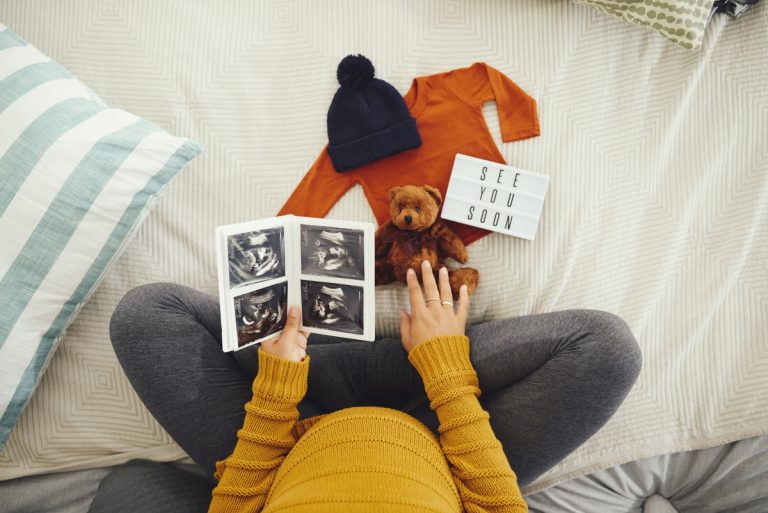Is acupuncture safe during pregnancy?
Yes! Prenatal acupuncture has been used for thousands of years to help patients support a healthy pregnancy and uncomplicated delivery. An Australian study conducted by Adelaide University in 2002 found that acupuncture during pregnancy had no adverse effects and was completely safe when done by a trained acupuncturist. Another study in 2001 involved 417 pregnant women who received acupuncture for a total of 3,152 treatments and found no maternal or obstetric side effects.
You may have heard that some acupuncture points are forbidden during pregnancy. While there is no real evidence for avoiding these points mentioned in the classic texts of Traditional Chinese Medicine, they are usually avoided during pregnancy on the small chance that they might stimulate uterine contractions.
A practitioner trained in prenatal acupuncture & Obstetrics, as Dr. Julie is, will know which points can safely be used and which should be avoided. Also, all pregnant patients are seen regularly throughout their pregnancy by an OB/Gyn or midwife, which allows Dr. Julie to be well informed of any complications or health issues.
Prenatal to Postpartum
Congratulations on your pregnancy! This is a very exciting and wonderful time ~ however, with the many physical and hormonal changes that occur, it can also be a time of discomfort.
Many pregnant women suffer from fatigue, nausea, backache and other conditions that are considered a “normal” part of pregnancy.
Acupuncture is a safe, gentle and effective way to address these complaints, especially since many Western medications can’t be used during this time.
Regular acupuncture during pregnancy sets the foundation for a healthy mother and baby. In addition, women who receive acupuncture during pregnancy often have a shorter and easier birth experience than women who don’t receive acupuncture.
Several European studies concluded that women who received acupuncture once a week during the last month of pregnancy had significantly shorter labors than women who did not receive any acupuncture, in addition to less medical inductions, a reduction in epidurals, a lower rate of caesarean sections, and an increase in normal vaginal births.

Pregnancy conditions that can be treated with acupuncture
- Prenatal Care
- Nausea, vomiting and hyperemesis gravidarum
- Insomnia
- Low energy
- Anemia
- Anxiety/depression
- Constipation
- Heartburn
- Headaches and migraines
- Back pain and sciatica
- Symphysis pubis pain
- Pelvic girdle pain
- Carpal tunnel syndrome
- Gestational diabetes
- High blood pressure (pre-eclampsia
- PUPPS & other pregnancy-related skin conditions
- Placenta previa
- Breech presentation
- Posterior presentation
- Pre-term labor
- Delayed labor
- Labor pain
- Lactation problems
- Postpartum anxiety/depression
- C-section preparation and recovery
Nausea
Although nausea during pregnancy is often dismissed as a ‘minor disorder’ it can be a very real affliction for many women. This nausea that may occur at any time, day or night, it can interfere with quality of life and may be accompanied with vomiting. In some cases this results in hospitalisation for rehydration therapy.
In traditional Chinese medicine this nausea and vomiting can arise from a variety of causes. Acupuncture treatment is aimed at strengthening the energetic function of the digestive system and correcting any underlying disharmonies.
In addition specific dietary advice is directed at reducing the energetic workload of the digestive system. To get the most out of any treatment, it is essential to keep yourself hydrated and your blood sugar levels stable. While it can be difficult to think about preparing snacks and drinks throughout the day, this will help keep your nausea under better control.
Pain Management During Pregnancy
Pain during pregnancy is very common, varying from mild discomfort to severe pain that results in a lack of sleep and may require complete bed rest or even hospitalization. This is compounded as many anti-inflammatory medications are contra-indicated during pregnancy and many women are simply told that this discomfort is part of pregnancy and something they should grin and bear.
Conditions such as backache, sciatica, rib, pelvic and pubic symphysis pain are very common during pregnancy. Not only is this caused by the increase in progesterone and other hormones during pregnancy resulting in a softening and weakening of the supportive muscle tissue, but also as a result of the shift in weight, balance and the displacement of the body’s organs by the growing fetus.
The weight of your growing baby needs to be compensated for by the muscles and joints, which are unaccustomed to the addition of such weight. This is made worse as the extra weight is not evenly distributed over the body, but directly in the abdomen. This causes a disruption in the center of gravity and the pelvis, back, neck and shoulders are all taken out of alignment, leading to pain and discomfort.
Acupuncture for Pregnancy and Muscular Pain can balance the body and relieve the pain.

A 2008 study published in the American Journal of Obstetrics and Gynecology sought to establish the effectiveness of acupuncture in treating the common and often disabling issue of pelvic and back pain during pregnancy. According to the study authors, “Acupuncture, as an adjunct to standard treatment, was superior to standard treatment alone and physiotherapy in relieving mixed pelvic/back pain.”
Breech Presentation
Breech presentation occurs in approximately one out of every 25 full-term births. Breech presentation can be caused by excess or low amniotic fluid, a short or twisted umbilical cord, placenta previa, or a variation in the shape of the uterus. However, the cause of many breech presentations is unknown.
Western medicine’s treatment for breech presentation is an External Cephalic Version (ECV), which is successful about 50% of the time. This method of manually turning the baby is usually done around week 37. ECV can be quite uncomfortable and carries the risk of fetal distress, ruptured membranes, and placental separation, sometimes resulting in the need for an emergency C-section.
The traditional Chinese medicine (TCM) treatment for breech presentation has been used for thousands of years. It is successful 75% of the time and carries no risk to the mother or baby. It is generally done between weeks 32-36, when there is still enough room for the baby to turn, although it can be attempted later in pregnancy as well. The method involves burning the herb mugwort (a treatment called moxibustion) directly onto or over an acupuncture point on the foot. The reason this works is not completely understood, but it is believed to release hormones that stimulate the uterus and increase fetal activity, which encourages the baby to turn on its own. When successful, the baby will turn within 24 hours of the treatment. Sometimes only one treatment is needed, and sometimes it may take several treatments for the baby to turn. Patients are often given moxa “sticks” to take home so that they may continue the therapy in between treatments.
In a 1998 Italian study, 130 women with breech presentation had daily moxabustion treatments during the 35th week of gestation. The study showed a 75% success rate in turning the breech babies head down. In a Japanese study conducted in 2000, 357 women had daily moxibustion, with a very impressive 92.5% correction rate.
Labor Preparation
The most common Western method of labor induction uses synthetic Pitocin to jump-start labor. Pitocin will start contractions whether the mother’s body is ready or not. Because the mother’s body is not always ready, labor fails to progress 40-50% of the time, starting a chain of events that can lead to a caesarean section. Synthetic Pitocin also has other serious risks, including fetal distress and cardiac arrhythmia. In addition, most women find that Pitocin causes very intense and painful labor.
Labor induction with acupuncture stimulates uterine contractions and softens the cervix. The treatment starts a hormonal process, which stimulates the mother’s body to release prostaglandins and oxytocin, the natural hormone that Pitocin mimics. As a result, it is a much more gentle and natural process than Western induction. Because of this, the effects are not instantaneous, as they are in Western induction.
Depending on how far into pre-labor the mother’s body is determines the number of treatments needed. Some women only need one or two treatments, while others may need several treatments for real labor to start.
Acupuncture for labor induction is safe for both the mother and baby as long as there are no serious complications with the pregnancy. Several studies show a success rate of over 70%.
Although acupuncture labor induction at 39-40+ weeks can be very effective, it is preferable to start labor preparation earlier in the third trimester in order to gradually move the body towards natural labor. Pre-birth treatments at this time gently facilitate the gradual, natural onset of labor. This more gentle approach leading up to a full induction has a much higher success rate than doing last-minute labor induction alone.

Research done by Kubista and Kucera in 1974 found that women pregnant for the first time receiving acupuncture for four weeks prior to delivery reached ripening of the cervix more quickly than the control group. Studies have shown that pre-birth acupuncture helps in these ways:
- Reduction in medical induction rates
- Reduction in women receiving epidurals
- Reduction in emergency caesarean sections
- Increase in normal vaginal births
Postpartum Treatment
In China, the first few weeks after childbirth are called “chan ru.” Chan means childbirth, and Ru means mattress. In traditional Chinese culture, women were prescribed bed rest for one month after childbirth. Female relatives would take care of both the new mother and the baby, allowing the new mother to restore her strength and energy.
Specific herbal prescriptions were given to help shrink the uterus, stop bleeding, encourage lactation, and return vitality. In today’s fast-paced society, few new mothers have the luxury of resting for a month after childbirth. Most women need to return to taking care of family or work before their bodies have had a chance to fully recover from the birth experience. This can lead to further health issues down the road, and is why acupuncture during the postpartum period is so important.
In addition to returning the body to a state of balance and optimal health, some of the postpartum conditions that acupuncture can treat are:
- postpartum anxiety/depression
- decreased energy and vitality
- hormonal imbalances
- persistent bleeding
- lactation problems
- mastitis
- abdominal pain
- night sweats


